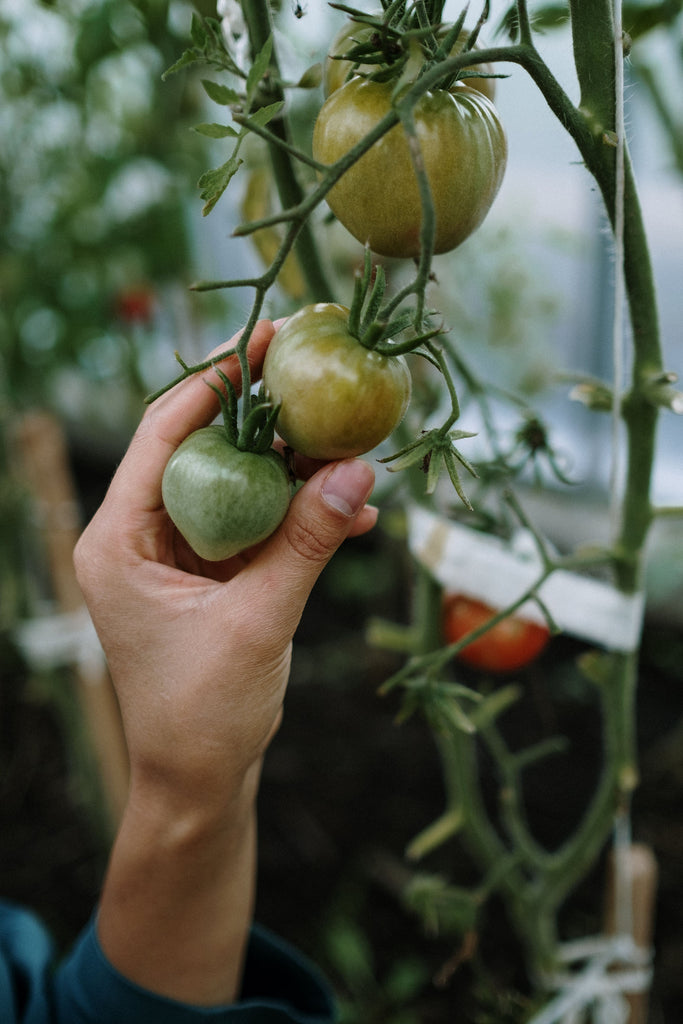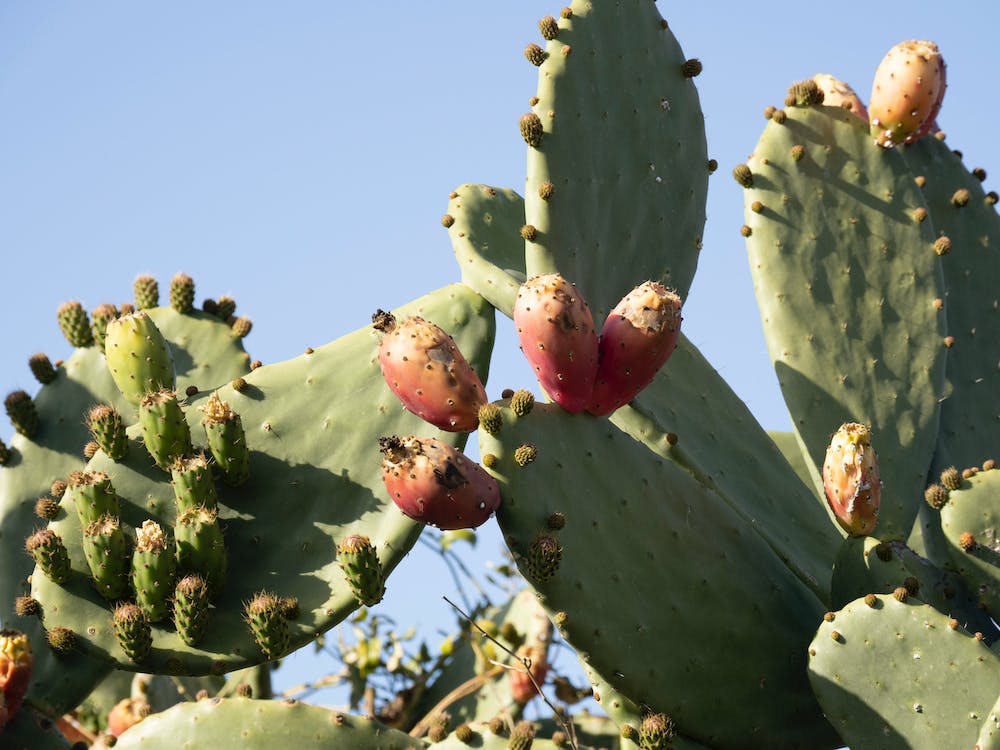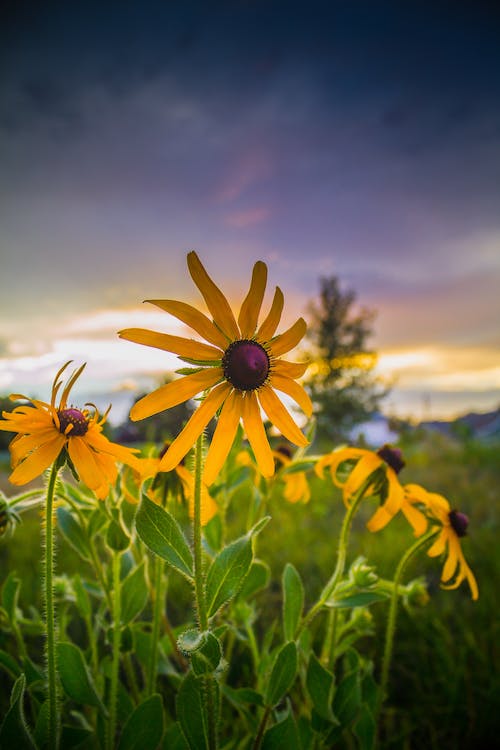
For generations of gardeners in the US and Canada, the USDA Plant Hardiness Zone Map has been the guide for determining which perennials will thrive in our outdoor gardens, and which annuals are best suited for our growing seasons. The map hasn’t been updated since 2012, but all things change and the USDA recently released an updated map. In this blog, we’ll discuss what that means, how it affects your garden, and how you can adapt to these changes while still keeping the character of your garden and the plants that you love whenever possible.
A quick note before we start: while this blog is aimed at folks who use the USDA map, similar changes are happening around the world. If you’re outside of the US and Canada, you can still make use of these tips, techniques, and the information contained herein with your own garden and your own plants.
Changing Climates and Warmer Gardens
Let’s start with the basic, overarching trend: most gardeners now find themselves in a new zone, generally about half a zone “warmer” than before. So, for example, if you were in zone 8a on the 2012 USDA map, you may find yourself in zone 8b on the current one.
For many of us, this change was a cause of some relief—“so that’s what happened!” is a refrain we’ve heard from many gardeners, including ourselves! A warmer climate zone may explain all kinds of garden problems, from the new weeds we’re seeing to why our tomatoes don’t seem to produce much fruit. It also opens up the opportunity to grown new plants that may not have done so well in our previous zone—one gardener in Arkansas, USA reports that she’s planning on trying “kumquats, mandarin oranges, and shampoo ginger.” It also raises some worries about how our existing plants will survive in warmer weather—concerns which are valid for many of us.

How to Adjust Our Gardens to Warmer Climates
So what are we as gardeners to do about this changing climate and the warmer weather it brings? While addressing the environmental issues behind climate change is a bit beyond this blog—though we will touch on them at some point—we can make a few suggestions for helping your garden thrive under these evolving circumstances.

For annuals, the approach is fairly simple: choose plants that are suited for the conditions we now know we have. This can take several forms—we can choose varietals of garden favorites like tomatoes that are better suited to more heat, or we can select new plants that thrive in our current conditions. Using tomatoes as an ongoing example, heat-resistant varieties include heirlooms like “Cherokee Purple”, “Green Zebra” and “Mortgage Lifter.” Plants that are more heat tolerant may include veggies like Malabar spinach, chayote squash, pole beans, and sweet potatoes. Heat-tolerant ornamentals include flowering plants such as Persian shield, mandevilla, the multi-colored coleus, and licorice plant.

When selecting new perennials to include in your garden, you may find that ornamentals like hurricane lily, black-eyed Susan, swamp sunflower, and prickly pear may be better suited to your new climate zone. But what can you do about existing perennials? First and foremost—don’t give up on them yet! There are some tricks we can use to help them deal with a warmer climate. The first two approaches are obvious—provide additional shade and extra water. Additional shade may come in the form of a sun shade you erect for them, or they may need to be transplanted to a shadier spot in the garden. Soaker hoses can help with slow, steady watering, or you may elect to just hand water more frequently. For trees and shrubs, additional mulch can help keep the ground cool and thus protect the roots. If the plant in question is really struggling, you may need to move it into a container and bring it inside during the hottest months.

Gardening in a Changing World
Whether the causes are natural or man-made, our climate and our world are changing. As gardeners, we’ll notice this changes more quickly than many other folks—so what can we do? The answer is, as always, to stay flexible and keep learning. Here at Gardzen, we’ll do our best to share the information and offer the tools you need to keep your garden healthy and happy, where ever you find yourself.

Leave a comment